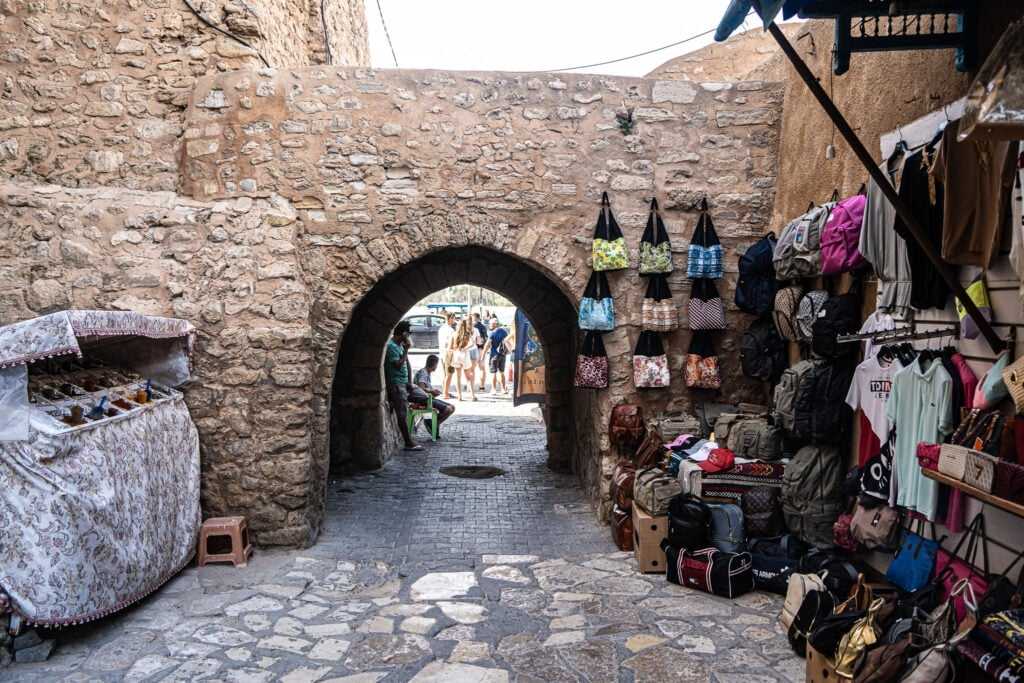The Medina of Hammamet: Best Attractions and Landmarks
Nestled along the sun-kissed shores of Tunisia, the Medina of Hammamet is a captivating blend of history, culture, and stunning architecture. This ancient walled city offers a unique glimpse into the past while providing a vibrant atmosphere for modern-day visitors. Whether you’re a history buff, a culture enthusiast, or simply looking for a picturesque spot to explore, the Medina of Hammamet has something for everyone.
What to See in the Medina of Hammamet
The Medina is a labyrinth of narrow, winding streets lined with whitewashed buildings adorned with blue doors and shutters. As you wander through the alleys, you’ll discover a variety of shops selling traditional crafts, textiles, and souvenirs. The vibrant colors and intricate designs of the local pottery and carpets are a feast for the eyes.
One of the must-see landmarks is the Kasbah, a fortress that dates back to the 15th century. Climb to the top for panoramic views of the Mediterranean Sea and the surrounding area. The Kasbah also houses a small museum where you can learn about the history of the region.
Another highlight is the Great Mosque, an architectural gem with its simple yet elegant design. Although non-Muslims are not allowed inside, the exterior is worth admiring. Nearby, you’ll find the Hammamet International Cultural Center, which hosts various art exhibitions and cultural events throughout the year.
A Bit of History and Interesting Facts
The Medina of Hammamet has a rich history that dates back to the Roman era. However, it was during the 9th century that the city began to flourish under Arab rule. The Medina was fortified in the 15th century to protect against pirate attacks, and its walls still stand today as a testament to its storied past.
An interesting fact about Hammamet is that it was once a favorite retreat for artists and writers. In the early 20th century, it attracted notable figures such as Paul Klee and André Gide, who were inspired by its beauty and tranquility. This artistic legacy continues to influence the cultural scene in Hammamet.
Getting There and Tips for First-Time Visitors
Hammamet is easily accessible from Tunis, the capital of Tunisia, which is about 65 kilometers away. You can reach Hammamet by train, bus, or taxi. The train is a convenient and affordable option, with regular services running between Tunis and Hammamet. If you prefer a more direct route, consider hiring a taxi or using a private transfer service.
For first-time visitors, it’s important to note that the Medina can be quite busy, especially during peak tourist season. To make the most of your visit, try to explore early in the morning or later in the afternoon when the crowds are thinner. Wear comfortable shoes, as the cobblestone streets can be uneven.
When shopping in the Medina, be prepared to haggle. Bargaining is a common practice, and you can often get a better price by negotiating with the vendors. Lastly, take the time to enjoy a traditional Tunisian meal at one of the local restaurants. The flavors of couscous, brik, and fresh seafood are not to be missed.
The Medina of Hammamet is a place where history and modernity coexist, offering visitors a unique experience that is both enriching and enjoyable. Whether you’re exploring its historic landmarks, shopping for local crafts, or simply soaking in the atmosphere, the Medina is sure to leave a lasting impression.








